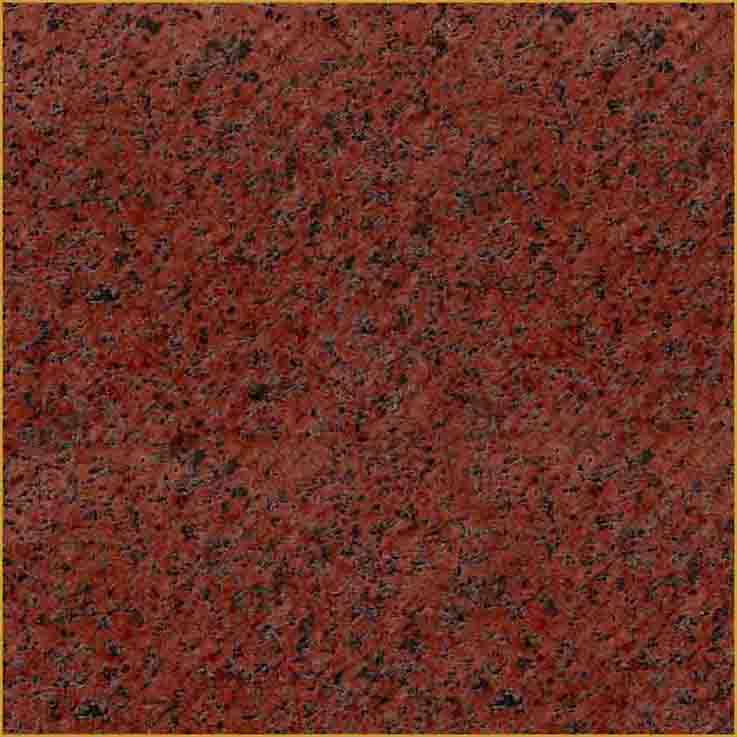Kryvopustoshansky granite deposit

- Kryvopustoshansky granite deposit
- Tradename:
GR – Kryvopustoshansky
- Location:
The deposit is located in the Bratske district of Mykolaiv region, between the villages of Antonopol and Kudryavtsevo, and near the village of Kryva Pustosh. The district center, Bratske, 13 km south-west
COLOR, TEXTURAL, TONE VARIATIONS
LOCATION MAP CAREERS
DESCRIPTION, PARAMETERS
- Name of the deposit:
Kryvopustoshansky granite deposit
- The name of the stone is petrographic, own, trade.
- Quarry owner
Petrographic – granite;
Own – “granite of Kryvopustoshansky deposit”;
Trademark – not registered
In 1979-84 a preliminary exploration was conducted at the deposit (Ostrovskaya I.A., 1984). In 1990 detailed exploration was carried out here (Matveyenko B.G., 1997). Work has not been completed and the granite reserves have not been approved. However, a full range of research was carried out at the site, which made it possible to characterize it as a large and very attractive object for the production of quality granite for the production of monoblocks and facing materials.
- Geographical location
- Geographic coordinates
- Quarry access roads, transport thoroughfares, availability of nearby railway stations
The nearest railway station is Kavuny, 50 km west. The territory has a network of paved roads.
The deposit is located in the Bratske district of Mykolaiv region, between the villages of Antonopol and Kudryavtsevo, and near the village of Kryva Pustosh. The district center, Bratske, 13 km south-west.
The area of the deposit is 35.3 ha.
| North latitude | 47056’28’’ |
| East longitude | 31045’11’’ |
- Stones of the deposit
- Reserves and Resource as of 01.01.2018.
Only Resources, including category Measured – 6,948.14 thousand m3, Indicated – 4,902.8 thousand m3.
The output of the blocks is – 45 % (estimated) - Physical & mechanical properties
Unit name Value Units Value from to Bulk weight t/m3 2.55 2.65 Density t/m3 2.62 2.68 Porosity % 0.8 2.04 Water absorption % 0.04 0.2 Tensile strength when compressed in air-dry condition MPa 113 147 The limit of compressive strength in water-saturated state MPa 98 142 Strength reduction factor after water saturation 0.93 0.97 Tensile strength after compression after 100 freeze cycles MPa 108 137 Strength loss after 100 freeze cycles % – – Frost resistance 0.94 0.97 Brand of frost resistance F – 100 Mass loss at friction g/cm2 – – The content of natural radionuclides for leucocratic granite Bq/kg 295.1 The content of natural radionuclides for pegmatite granite Bq/kg 412.5 - Mineral composition
- Chemical composition
Two varieties of rock: 1) leucocratic granite (71% of total volume); 2) vein- and lens-shaped secretions of complex morphology of pegmatite granites (29% of total volume). Granites of the first main variety have a bright color in red tones: pink-red, dark-red, to cherry-red, grayish-red. The structural pattern of the breed can be greatly enhanced, depending on the ambient light conditions, sometimes revealing the appearance of dense, intense red flames in the tones of the last rays of the evening sun. The second type of granite is pegmatite, as well as quartz veins. Compared to the main granites of the deposit, they are characterized by considerable variations of rock-forming minerals and their large size, sometimes with a distinct granophyre structure. Quartz and microcline discharge sizes often exceed 5 and even 10 cm.
| Name of mineral | Content in leucocratic granite, % |
Content in pegmatite granite, % |
| Microcline | 40 – 55 | 40 – 70 |
| Plagioclase | 25 – 30 | 20 – 60 |
| Quartz | 20 – 25 | 5 – 10 |
| Pyroxene, amphibole, biotite | 1 – 3 | single grains |
| Apatite, garnet, zircon, monazite, etc. | single grains | single grains |
| SiO2 | Al2O3 | Fe2O3 | CaO | MgO | K2O | Na2O | SO3 | CO2 | H2O | в.п.п. |
|---|---|---|---|---|---|---|---|---|---|---|
| 75.29 | 13.25 | 1.72 | 1.10 | 0.17 | 3.99 | 3.86 | 0.03 | <0.03 | 0.03 | 0.27 |
State Service of Geology and Subsoil of Ukraine (Derzhgeonadra)
03680, Ukraine, Kyiv, str. Anton Tzedik (formerly Eugene Potier), 16
Phone: +38 (044) 536-13-17
Fax: +38 (044) 456-71-45
E-mail: sekretar@geomail.kiev.ua
